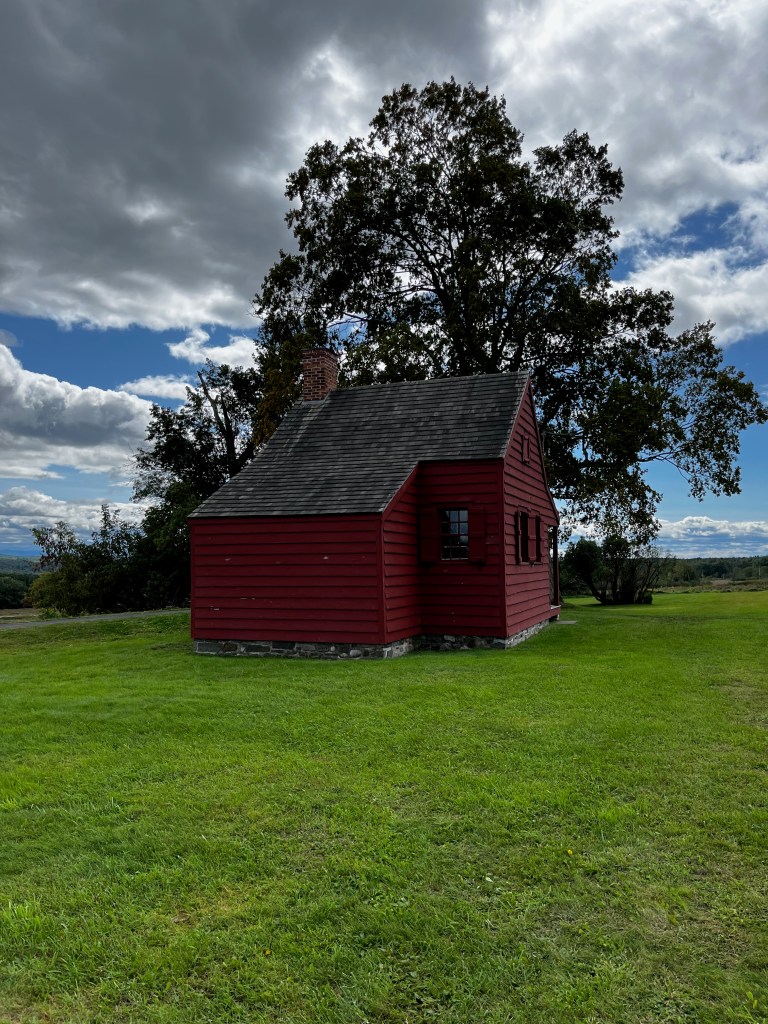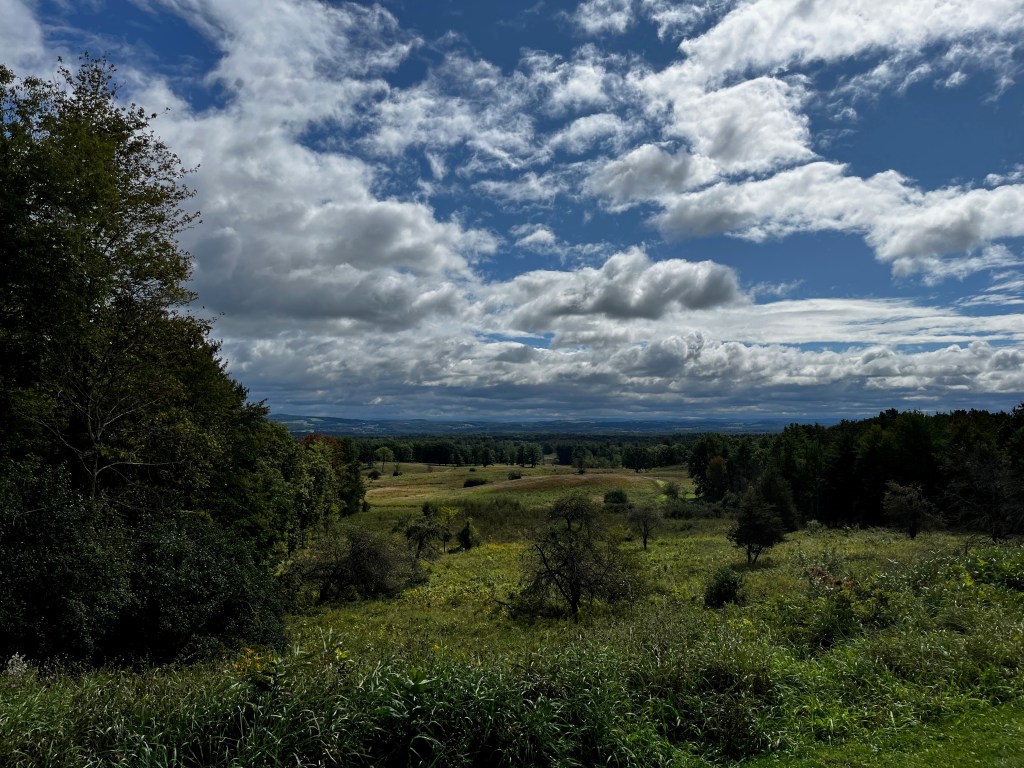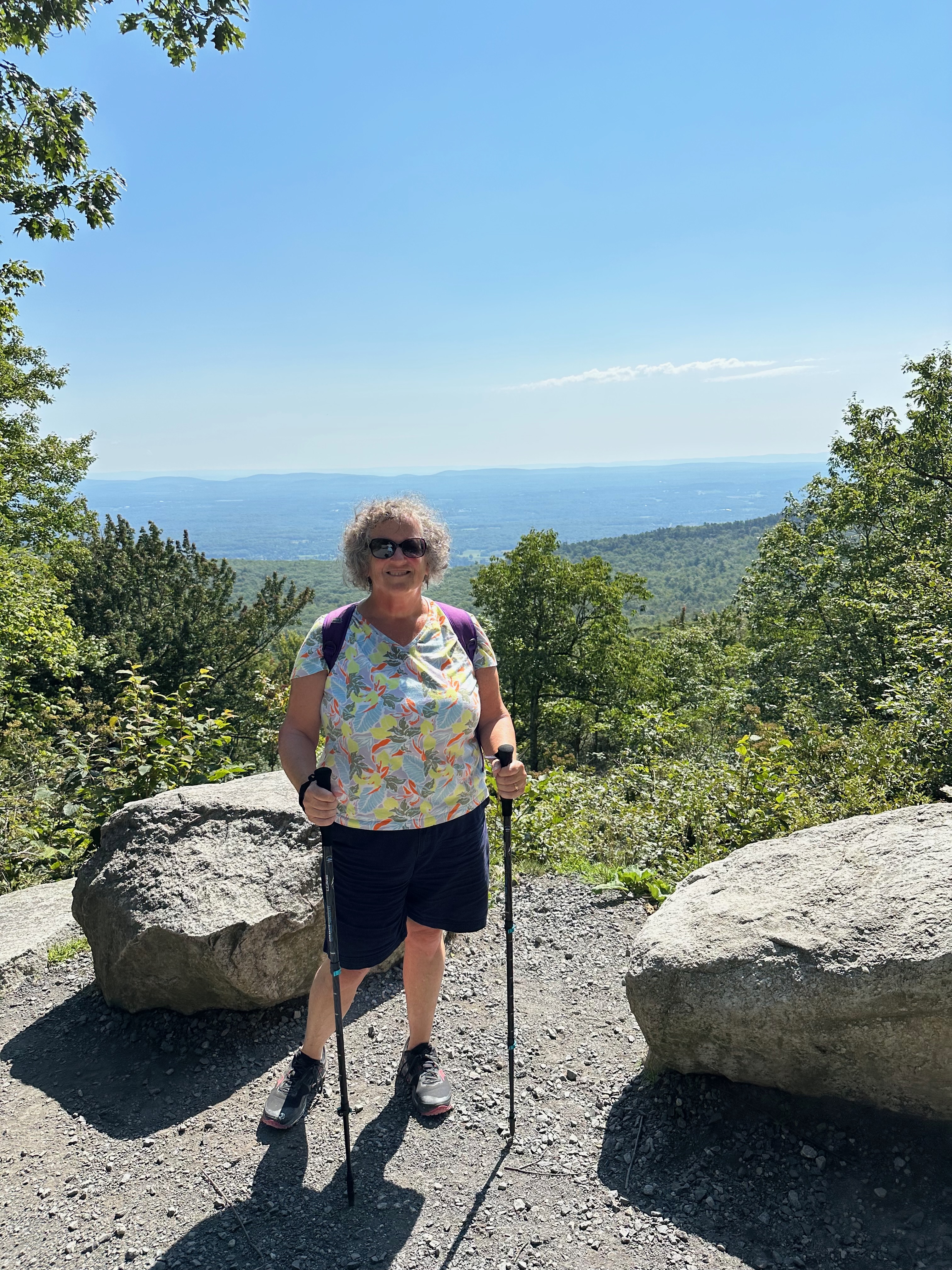Have you ever taken a visual field test? It is part of the evaluation I get when I visit the opthamologist. I take them pretty frequently because I am suspicious for glaucoma and have had other vision issues. The exam involves looking through a lens at a white surface, focusing on an orange light in the center, and pressing a button each time you see a flashing white light anywhere in your field of vision – hence the name of the test. It isn’t painful. It isn’t invasive. But it deeply annoying, especially for me who as a routine matter has floaters and flashes of light. It isn’t easy to distinguish the little white dots from what I usually see and leaves me wondering whether to hit the button.
My vision, on an ordinary day, is like looking through a dirty windshield where there are certain spots that have schmutz (a technical term). Unlike a windshield, though, the spots move. This has been the case most of my adult life and I am used to it. I do worry that it will get worse. I am grateful that I can see, and I don’t take it for granted. Though I have had this issue, among other eye problems, for many years, I have not been diagnosed with anything that suggests that I have progressive eye disease. I do see two different opthamologists at least yearly to keep tabs on it.
I took one of those tests the other day and in the middle of it, everything went black. Fortunately it wasn’t my eyes. The power went out. Emergency lights came on briefly and then everything else buzzed back to life. A technician scurried into the room and told me I would have to start the visual field test again. Oh well. Not a big deal though I didn’t relish the idea of spending yet more time trying to figure out if what I was seeing was real or my usual visual stuff.
I finished and eventually was taken to the doctor’s office for the actual eye exam. But it turned out that their Wi-Fi was down as a result of that brief outage earlier. I was told I could wait and see if it came back up or I could reschedule my appointment. Apparently, the eye doctor didn’t feel he could see patients without access to the computer system. Really? He couldn’t look at my eyes and take notes? I can’t say I understood, but I didn’t argue. Our reliance on technology can be the topic of another essay.
I decided to reschedule. I was frustrated, but thought ‘how could I make the best of the situation?’
My eye doctor is located in Saratoga County, about a half hour drive from home. I knew the Saratoga Battlefield was nearby. I have lived in this area for over 35 years and never went. It was a crisp, late summer morning. I decided it was time to venture forth. I plugged Saratoga National Historical Park into my GPS and took a lovely 15 minute ride to the grounds. Entry is free!
It turned out to be an auspicious day to go. The first battle of Saratoga, also known as the Battle of Freeman’s Farm, was fought on September 19, 1777. I showed up on the anniversary of that fight – the 246th anniversary to be exact. They were having an educational program to commemorate the date.
I learned a few things. I probably learned some of this before but had no memory of it. I didn’t recall that there were in fact two battles – the first the British won. The second battle was the decisive victory for the Americans that turned the tide of the war. That one occurred a couple of weeks later, October 7, 1777. Benedict Arnold was one of the heroes of the battle, before he switched sides. It is said that if he died there, and he was injured, he would be remembered as a hero of the Revolution.
There is something about battlefields, not that I have visited that many, that is eerie. I had a similar feeling at Gettysburg – of standing on hallowed ground. The sense that something of import had happened there. A stiff wind was blowing across the fields and there weren’t very many people around so there was a desolation to it. I can’t explain it, but I felt the weight of history, of the souls that fought there. Maybe it was just my imagination, but it moved me. I’m glad the site has been preserved.
I also learned that the British weren’t only at war with America. They were in conflict all over the globe – with France, Spain and the Netherlands, to name a few. I also learned that the Revolutionary War led to a split in the Iroquois Nation, with most of the tribes siding with the British. The Oneida fought on the side of the Americans. It was also interesting to note that the army of the colonies was integrated. Enslaved people (forced to fight instead of their ‘owners’), freemen (Black), Native Americans and colonists fought side by side. It was later in America’s development that the army became segregated.
Not all Americans supported the cause which led to conflict among the families that lived in the area. One farm couple, the Neilsons, left their home to get out of harm’s way and their farm was commandeered by Benedict Arnold. The main house has been restored and I walked in to take a look. The general had a canopy bed, but there were four other cots sharing the modest space. It was interesting to hear that the couple came back after hostilities ended and raised 8 children there. Here is a picture of the home.

Hard to imagine a family of ten living there! These days we Americans have very different expectations about space requirements.
The landscape is beautiful. The area is a great place to hike or bike. The Hudson River runs along the east edge of the park.



The British, who were advancing from Canada, were trying to get to Albany to get food and supplies. The battles in Saratoga were crucial in preventing them from regaining strength.
Though I did not get to fulfill the purpose of my appointment in Saratoga, my time was well spent. I look forward to visiting again.




